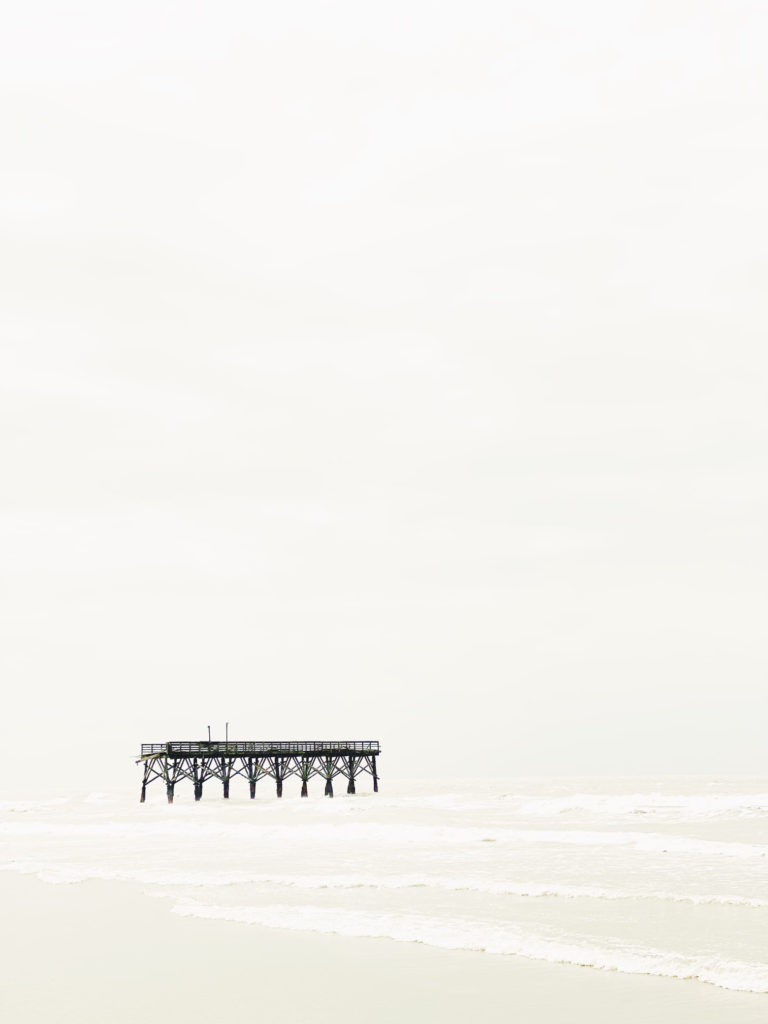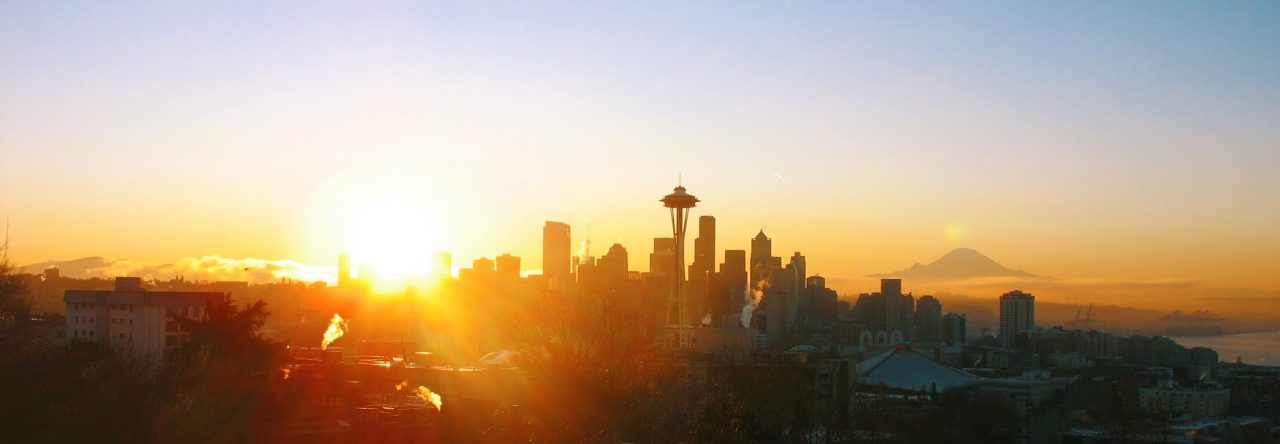
If you look at something five ways, how can it seem different on the sixth?
We return to the sea again and again. This, the sixth year of spending a week in Cherry Grove, this the first year of the new normal, the post-pandemic stranglehold more or less released. Things appear different.
First, our vista: our friends’ condo at the beach’s point changed hands, and after five summers we had to search for a new place. Serendipity being the kind saint that she is, I discovered a colleague owned a place just half a mile away. We are here, oceanside.
Things are physically different. The pier on the north end of the beach is missing a ninety-foot portion of its middle. The end of the pier (or most of it) still stands, stranded in the water, planks reaching out shore-side, waving for help. This damage is almost a year old; last August, Hurricane Isaias swept across this sandy string and took the pier’s belly with it. The dunes on that side of the beach have been clawed away by angry seawater. The beach moved.
Beyond the storm, of course, of course, of course, things are different because of COVID.
We vacationed here last summer in the midst of the pandemic, mostly staying inside, bringing home takeout or preparing meals at our little sea cabin. At that point, nothing felt certain–we didn’t know who or what would come out of this and how.
This year, we were relieved to find most of our favorite haunts were still in business, but many posted signs advertising help wanted or noting the new pandemic was being short-staffed. (Nobody dies, I thought, of having to wait a few more minutes for a table.) The area is packed with people–everyone was more than ready to get away–and it’s clear that folks have moved on.
If you want to see the place differently, look at it through someone else’s eyes. So I watched.
On Father’s Day, a son pushed his elderly father to the water’s edge in a wheelchair with oversized wheels, struggling across the loose sand. The father has a wizened face and frail body. The son stands behind him, leaning into his father’s ear to say something above the surf. The father stares at the horizon.
Meanwhile, the beachcombers study the sand, searching. A fellow in his fifties sweeps across the beach every morning with a metal detector, left and right and left until he hears a faint pulse in his headphones. He stops and plunges a tin-cup looking spade into the sand, rooting around to find whatever there is. Usually nothing.
There is a family with a son, maybe 10 or 12, who is autistic. Every morning we see this beautiful child walk out toward the ocean with a perfect, robotic cadence–his arms stiffly swinging side to side as if he is doing the Floss–eyes hidden behind tight-fitting sunglasses. He emerges the first day with skin the color of ivory. By the end, he is bronze. He is having fun, and it makes us all smile.
We happen to pick a week when a tropical storm blows through. It’s doesn’t mean we have to leave–mostly it involves a couple of days of heavy surf, dangerous rip currents, occasional, blistering downpours, and lots of wind.
Goodness, the wind.
It rakes across the beach, blasting everyone with sand. A day in the surf becomes an exfoliating scrub. Applying sunscreen in the sandstorm seems merciless, especially if you have a little sunburn underneath.
Occasionally, a poorly-planted umbrella will take flight, flopping down the beach like a mortally wounded deer while its owners make chase. Sometimes a sympathetic sunbather will assist, typically a younger fellow eager to help. There is an esprit de corps among us. We are all enduring the howling grit, careful not to shake out a towel upwind or otherwise disrupt what is already eroding away.
A gentleman in his fifties or sixties wanders out onto the beach, alone. He carries only a small rucksack, from which he presents a small Navajo rug to lay upon. He struggles in the wind to lay it out flat, pinning it down with the sneakers he wore onto the sand. He stuffs his t-shirt into the bag, then produces from it a business envelope, which he opens. He removes a small booklet–hard to see if it’s a tightly folded letter or something else–which he reads, then puts back into the envelope, then pulls out to read again.
He is lying on his back, the rucksack a makeshift pillow, which puts him in perhaps the worst position possible regarding the relentless sandblast. He lasts about 20 minutes before he packs up and leaves.
The days after the storm are cooler, calmer. There are brief moments when the ocean’s roar falls quiet, moments of pause between the breakers. Birds hunt in the waning tide, plunging from the sky toward their prey and splashing into the surf. Kelly joins the beachcombers, looking for shark teeth.
Our children, 10 and 8 and 5, will want to join her soon. They will play in the waves, or strike up a game of bocce, or dig in the sand looking for shells. Something there is in that elemental experience. From dust we are created, our Creator’s playing in the sand, so to speak, and to dust we are drawn by our own curiosities. The metaphors are too easy here. The more things change… .
A hundred mothers group their progeny and their spouses together on the beach for a Father’s Day portrait, squatting in the sand to frame the cell phone portrait just so against the waves. Later in the week, they re-emerge in matching outfits (white shirts and khakis still a classic choice) for family photos. We join them, coaxing our children into a framed moment, all of us eager to at least assume the appearance that we are here, and all is well, and not that much has changed.
Of course, everything has.






Leave a Reply